A teacher had to tell her deaf students that people can hear farts. Their reaction was hilarious.
This is amazing.
Anna Trupiano educates on passing gas in public.
Anna Trupiano is a first-grade teacher at a school that serves deaf, hard-of-hearing, and hearing students from birth through eighth grade.
In addition to teaching the usual subjects, Trupiano is charged with helping her students thrive in a society that doesn't do enough to cater to the needs of the hard-of-hearing.
Once, Trupiano had to teach her students about a rather personal topic: passing gas in public.
A six-year-old child farted so loud in class that some of their classmates began to laugh. The child was surprised by their reaction because they didn't know farts make a sound. This created a wonderful and funny teaching moment for Trupiano.
Trupiano shared the conversation on Facebook.

The discerning listener.
See posts, photos and more on Facebook.
While the discussion Trupiano had with her students was funny, it points to a serious problem faced by the deaf community. "I know it started with farts, but the real issue is that many of my students aren't able to learn about these things at home or from their peers because they don't have the same linguistic access," she told GOOD.
"So many of my students don't have families who can sign well enough to explain so many things it's incredibly isolating for these kids," she continued.
Trupiano hopes her funny story about bodily functions will inspire others to become more involved with the deaf community by learning sign language.
"I would love to see a world where my students can learn about anything from anyone they interact with during their day," she told GOOD. "Whether that means learning about the solar system, the candy options at a store, or even farts, it would be so great for them to have that language access anywhere they go."
Interested in learning ASL? Here's a great list of places you can start.
While the discussion Tupiano had with her students was funny, it points to a serious problem faced by the deaf community. "I know it started with farts, but the real issue is that many of my students aren't able to learn about these things at home or from their peers because they don't have the same linguistic access," she told GOOD.
"So many of my students don't have families who can sign well enough to explain so many things and it's incredibly isolating for these kids," she continued.
Tupiano hopes her funny story about bodily functions will inspire others to become more involved with the deaf community by learning sign language.
"I would love to see a world where my students can learn about anything from anyone they interact with during their day," she told GOOD. "Whether that means learning about the solar system, the candy options at a store, or even farts, it would be so great for them to have that language access anywhere they go."
Interested in learning American Sign Language? Here are some great places you can start.
This article originally appeared seven years ago.
- A Starbucks barista gave a note to a deaf man and became a ... ›
- People say she's too pretty to be deaf. That's when she hits them ... ›
- CODA–the first movie to feature a deaf cast–wins Best Picture - Upworthy ›
- Mom doesn't talk to baby when his sister can't hear - Upworthy ›
- Deaf woman shares anxieties after learning what others hear - Upworthy ›
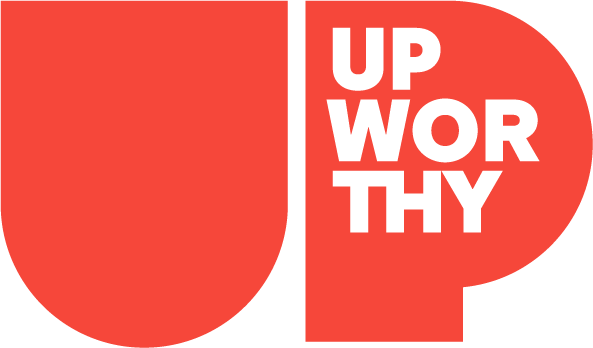
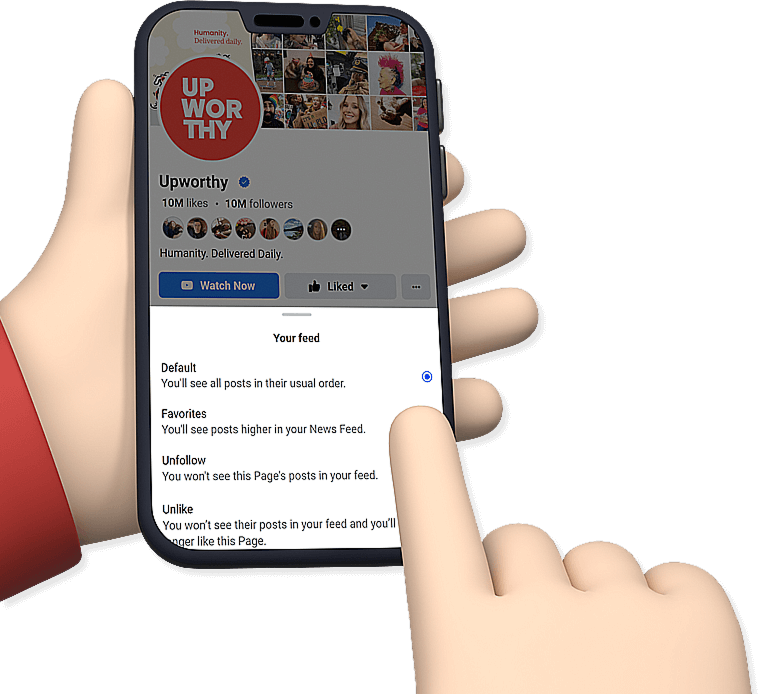
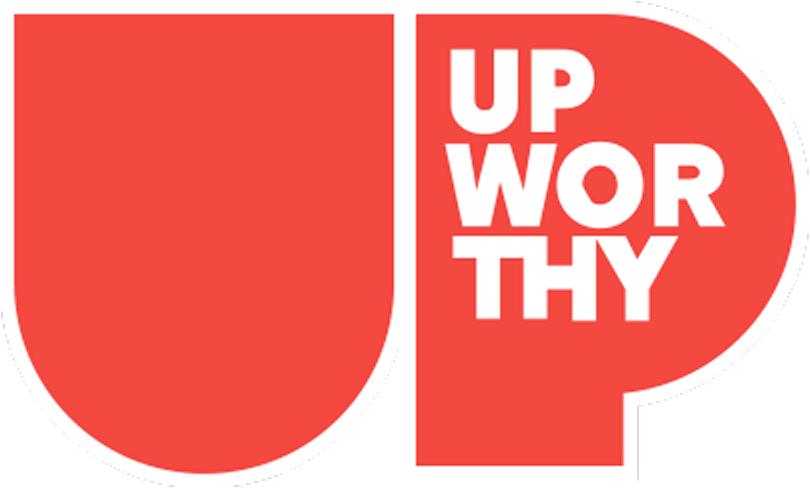
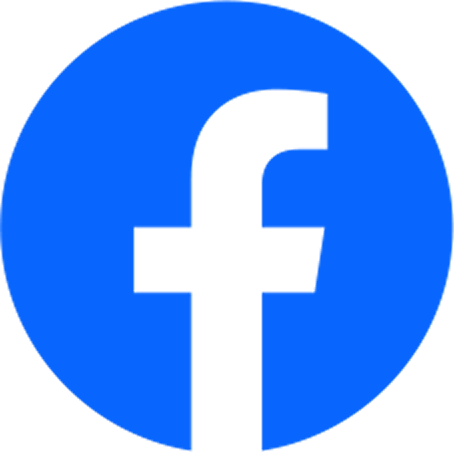
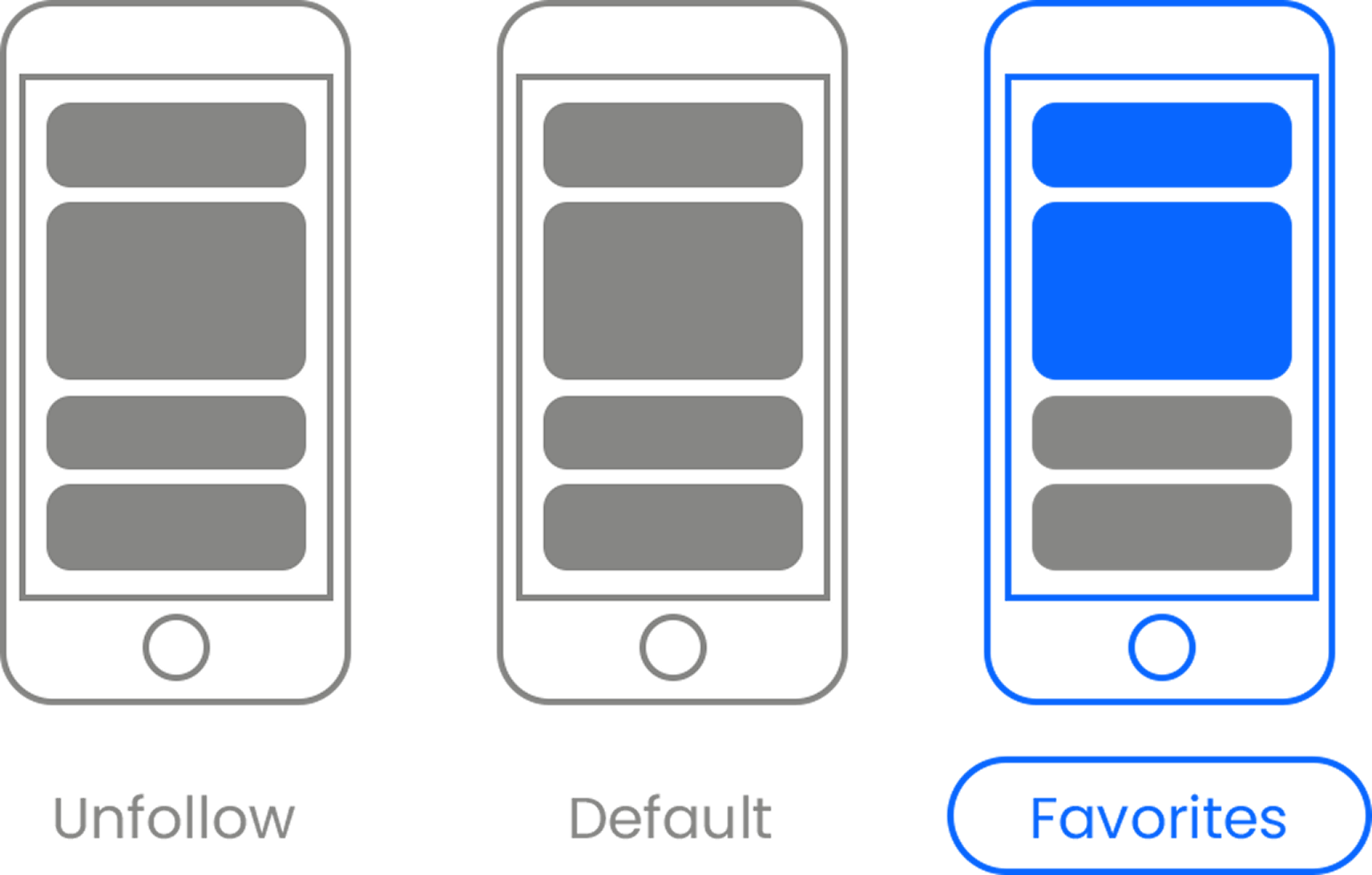



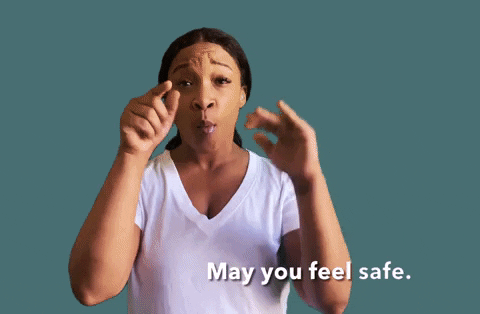 Sign Language Asl GIF by @InvestInAccess
Sign Language Asl GIF by @InvestInAccess talking sign language GIF
talking sign language GIF Sign Language Please GIF by @InvestInAccess
Sign Language Please GIF by @InvestInAccess All That Nicksplat GIF by NickRewind
All That Nicksplat GIF by NickRewind